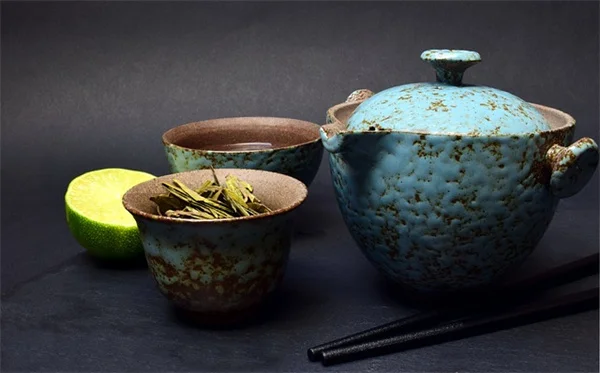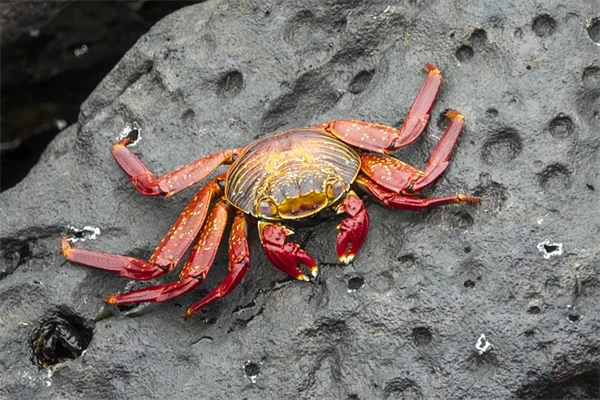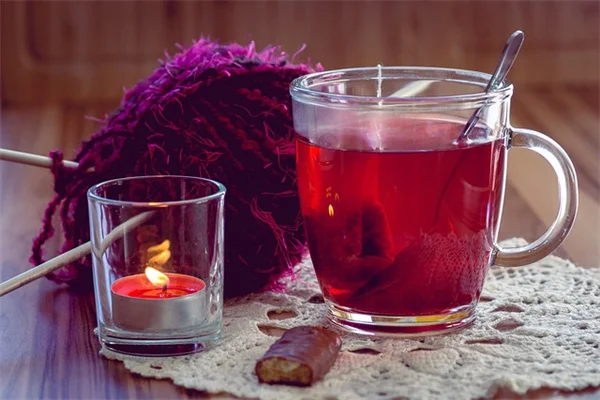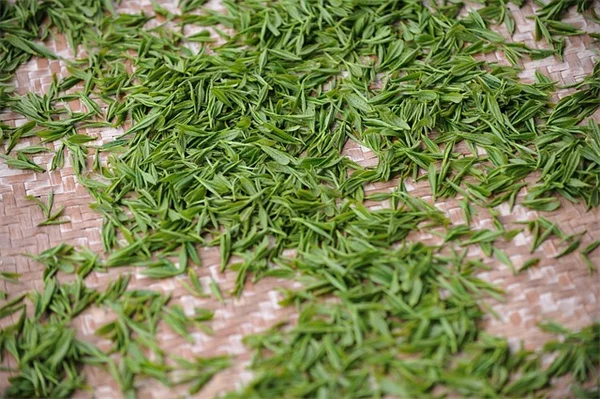Does Cornstarch Expire? Discover the Truth About Shelf Life and Storage Tips
Wondering does cornstarch expire? The answer is: not really! While cornstarch doesn’t spoil like some other pantry staples, its effectiveness can diminish over time. Typically, you can expect cornstarch to maintain its best quality for 2-3 years when stored in its original packaging, and even longer if you keep it in an airtight container. However, those best by dates you see on the box aren’t about safety, but rather about the product's quality. So, if you find a box that’s past its date, don’t panic! Just remember to check for any funky smells or odd textures before using it. Together, let’s explore how to store cornstarch properly and ensure it stays fresh for your cooking adventures! 🥘
E.g. :Does Vaseline Expire? Discover the Truth & Shelf Life Secrets!
- 1、Cornstarch 101: The Ultimate Guide to Shelf Life and Storage
- 2、Is My Cornstarch Still Good? The Telltale Signs
- 3、Cornstarch Storage: Keeping It Fresh for Years
- 4、Creative Uses for Older Cornstarch
- 5、Busting Cornstarch Myths Once and For All
- 6、Pro Tips From a Cornstarch Fanatic
- 7、FAQs
Cornstarch 101: The Ultimate Guide to Shelf Life and Storage
What Exactly is This White Powder in My Pantry?
Picture this: you're rummaging through your pantry and spot that familiar box of cornstarch. This magical white powder comes from the endosperm of corn kernels - basically the starchy heart of the corn. I use it all the time to thicken my gravy or make crispy fried chicken. But here's a question that keeps popping up: "Does this stuff ever go bad?" Let's dig into this kitchen mystery together!
Cornstarch is like the quiet superhero of the baking world. While flour hogs the spotlight, cornstarch works behind the scenes to give us that perfect pie filling consistency or gluten-free baked goods. Fun fact: Did you know cornstarch can even help untangle knots in jewelry? But we'll get to those clever uses later. First, let's tackle the big question about its shelf life.
How Long Can I Keep My Cornstarch?
Here's the scoop - cornstarch is basically the vampire of pantry staples 🧛♂️. It doesn't really die, but it might get a little weaker over time. Check out this handy comparison:
| Storage Condition | Estimated Shelf Life |
|---|---|
| Original packaging in pantry | 2-3 years |
| Airtight container in pantry | 3-5 years |
| Airtight container in freezer | Indefinitely |
Now you might be thinking, "Wait, if it lasts forever, why does the box have an expiration date?" Great question! Those dates are more about quality than safety. The manufacturer can't guarantee it'll thicken your sauce perfectly after that date, but it won't suddenly become poisonous.
Is My Cornstarch Still Good? The Telltale Signs
 Photos provided by pixabay
Photos provided by pixabay
The Sniff Test Never Lies
Fresh cornstarch should smell like... well, nothing really. If you open your container and get hit with a funky odor, that's nature's way of saying "toss me!" I once made the mistake of using musty cornstarch in a pudding - let's just say my dinner guests weren't impressed. Trust your nose - it's smarter than you think!
Here's a pro tip: If you're not sure about the smell, mix a teaspoon with cold water. Good cornstarch will dissolve smoothly. If it stays lumpy or smells off, time to replace it. Your future self (and your recipes) will thank you!
Texture Tells the Whole Story
Cornstarch should flow like fine beach sand. If yours has turned into little concrete chunks, moisture has gotten to it. This doesn't necessarily mean it's dangerous, but it won't work well in recipes. I keep mine in a mason jar with one of those silica packets you get in shoe boxes - works like a charm!
Ever seen discoloration in your cornstarch? Yellow or gray spots are definite red flags. That's not the kind of surprise you want in your cookies! When in doubt, throw it out. A new box costs less than ruined dinner.
Cornstarch Storage: Keeping It Fresh for Years
Container Wars: What Works Best?
Through extensive kitchen experiments (and a few failed batches of gravy), I've discovered that airtight glass containers are the MVPs of cornstarch storage. Plastic works too, but glass keeps odors out better. Pro tip: Label your container with the purchase date - future you will appreciate the detective work!
Here's a storage hack you might not know: Those vacuum-sealed containers with the pump? Perfect for long-term cornstarch storage. They remove all the air, preventing moisture and pests from getting in. I found one at a discount store for $5 and it's been a game-changer!
 Photos provided by pixabay
Photos provided by pixabay
The Sniff Test Never Lies
Your cornstarch deserves prime real estate in your pantry. Keep it away from:- The stove (heat is bad)- The sink (humidity is worse)- The fridge (condensation is the worst)
I keep mine on a middle shelf in the pantry - not too hot, not too cold, just right. Goldilocks would approve! 🐻 If you live in a humid climate, consider adding a food-safe desiccant packet to absorb any stray moisture.
Creative Uses for Older Cornstarch
When Cooking Isn't an Option
Found some questionable cornstarch? Don't toss it yet! Here are five brilliant non-food uses:1. Make homemade playdough with the kids2. Use as dry shampoo in a pinch3. Sprinkle on grease stains before washing4. Polish silverware (really!)5. Thicken paint for craft projects
Last summer, I used old cornstarch to make sidewalk chalk for my niece. She loved it, and I loved not wasting product! Who knew cornstarch could be so versatile?
The Great Freezer Experiment
Here's something you might not know: Cornstarch actually stores beautifully in the freezer! I portion mine into small jars (about 1 cup each) so I don't have to thaw the whole supply when I need some. Just remember to let it come to room temperature before opening to prevent condensation.
Want to know a secret? I keep one jar in the freezer as my "emergency thickener" and another in the pantry for everyday use. That way, I'm always covered whether I'm making last-minute gravy or dealing with a sauce disaster!
Busting Cornstarch Myths Once and For All
 Photos provided by pixabay
Photos provided by pixabay
The Sniff Test Never Lies
Let's settle this once and for all: That date on the box isn't an expiration date - it's a "best by" suggestion. I've used cornstarch that was "expired" by 2 years in a pinch, and it worked fine after passing the smell and texture tests. The food police won't come knocking if you use it past the date!
But here's the real question: "Why does cornstarch last so long when flour goes bad quickly?" The answer lies in the processing. Cornstarch is pure starch with all the protein and oils removed, leaving nothing for bacteria to munch on. Nature's perfect preservative!
When Good Cornstarch Goes Bad
Even though cornstarch is practically immortal, there are three sure signs it's time to say goodbye:1. Funky smell (like old socks)2. Discoloration (yellow or gray)3. Pest evidence (we've all been there)
I keep a fresh box in my earthquake kit because it lasts forever and can be used for cooking or first aid. Now that's what I call a multitasker! Just remember to check it annually when you test your smoke detectors.
Pro Tips From a Cornstarch Fanatic
My Favorite Storage Hacks
After years of cornstarch experiments (some more successful than others), here are my top storage tips:- Use clear containers so you can spot problems- Write the purchase date in permanent marker- Add a bay leaf to deter pests naturally- Store smaller amounts if you don't use much- Keep away from strong-smelling foods
Funny story - I once stored cornstarch next to garlic powder. Big mistake! It absorbed the garlic smell and ruined a batch of sugar cookies. Learn from my mistakes, friends!
The Ultimate Cornstarch Test
When you're unsure about your cornstarch's potency, try this simple test:1. Mix 1 tablespoon cornstarch with 2 tablespoons cold water2. Heat in a small pan while stirring3. If it thickens to a pudding-like consistency, it's good!4. If it stays thin or smells odd, time to replace
I keep a little notebook in my pantry to record these tests. That way, I know exactly when my cornstarch starts losing its magic. A little obsessive? Maybe. Helpful? Absolutely!
As we've explored the ins and outs of cornstarch, it's clear that this pantry staple is more resilient than we often give it credit for. So, to answer the burning question - does cornstarch expire? The answer is a bit nuanced. While it doesn't truly expire, it can lose its effectiveness over time. With proper storage in an airtight container, you can expect it to last anywhere from 2 to 5 years, and even longer when frozen! Just remember to trust your senses: if it smells funky or has developed an odd texture, it’s best to toss it. I encourage you to keep an eye on your cornstarch and regularly check for those telltale signs of spoilage. After all, no one wants to ruin a recipe with subpar ingredients! If you found this guide helpful, consider sharing your thoughts or experiences in the comments below. Let's keep the conversation going about all things cornstarch! 🌽
Additionally, there are so many creative ways to utilize cornstarch beyond the kitchen! From DIY crafts to household hacks, I find that having this versatile ingredient on hand can lead to some unexpected solutions. If you're curious about exploring these alternatives or maybe even discovering more cooking tips, feel free to ask! The world of cornstarch is full of surprises, and I'm here to help you navigate it all! 💡
E.g. :Does Cornstarch Go Bad? Here's How to Store It So It Doesn't
FAQs
How Can I Tell if My Cornstarch is Still Good?
To check if your cornstarch is still good, start with the sniff test. Fresh cornstarch should have no smell. If you catch a funky odor, it’s time to toss it. You can also mix a teaspoon of cornstarch with cold water; if it dissolves smoothly, it’s still useful. If it clumps up or smells off, you should replace it. Remember, using bad cornstarch can ruin your recipes, so it’s better to be safe than sorry!
What’s the Best Way to Store Cornstarch?
The best way to store cornstarch is in an airtight container, preferably glass. This keeps moisture and odors out, ensuring it stays fresh for longer. If you want to go the extra mile, consider vacuum-sealed containers—they’re great for long-term storage. Just make sure to label your container with the purchase date so you know when to check its quality. Your future self will thank you for this little bit of organization!
Can I Use Cornstarch After the Expiration Date?
Absolutely! The date on the box isn’t an expiration date; it’s more of a guideline. I’ve used cornstarch that was two years past its “best by” date, and it worked perfectly fine after passing the sniff and texture tests. Just remember, while cornstarch doesn’t go bad in the traditional sense, it may lose some of its thickening power over time, so always check before using it!
What Should I Avoid When Storing Cornstarch?
When storing cornstarch, steer clear of placing it near heat sources, humidity, or strong-smelling foods. For example, I once made the mistake of storing cornstarch next to garlic powder, and it absorbed the smell! Keep it in a cool, dry place away from the stove and sink to ensure it stays fresh. If you live in a humid area, consider adding a food-safe desiccant packet to keep moisture at bay.
What Are Some Creative Uses for Old Cornstarch?
If you find yourself with old cornstarch, don’t throw it away just yet! It can be used for many non-food purposes. For instance, you can make homemade playdough, use it as dry shampoo, or sprinkle it on grease stains before washing. I even made sidewalk chalk with old cornstarch last summer, and my niece had a blast! So before you toss it, think outside the box and get creative!






